Search
Search Results
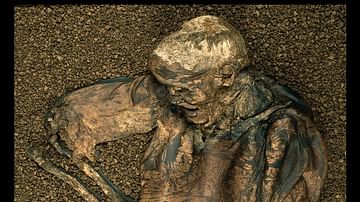
Definition
Lindow Man
The Lindow Man (officially Lindow III) is the top half of a male body, found preserved in a peat bog in Cheshire, England. The peat bogs at Lindow Moss date back to the last ice age and were formed by holes of melting ice; they are now...
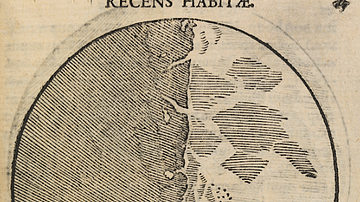
Image
Galileo's Map of the Moon
A map of the Moon's surface by Galileo (1564-1642), drawn using a telescope the astronomer had built himself. The uneven line of shadow aided Galileo in identifying the nature of the Moon's surface and the approximate size of its mountains...
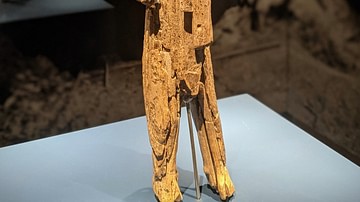
Image
Aurignacian Lion Man Sculpture
Upper Palaeolithic (Aurignacian) sculpture of a lion man, made from mammoth ivory, c. 40,000 years ago. Found at the Stadel cave at Hohlenstein Rock in the Lone Valley, township of Asselfingen, Germany.
Museum of Ulm, Germany.

Image
The Lindow Man
The Lindow Man, dated to between 2 BCE and 119 CE and found in a peat bog in Chesire, England in 1984.
Now on display in the British Museum.

Image
The Old Man of Gugh
The leaning menhir known as the "Old Man of Gugh" is 2.4 metres / 8 feet tall and stands on a ridge on the small island of Gugh in the Isles of Scilly, UK. The archaeologist George Bonsor dug around the base of the menhir in 1900 but did...
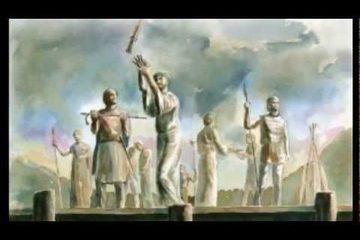
Video
In Focus: Lindow Man
Welcome to In Focus. In this series we take a closer look at particular sites, finds and objects from the world of Archaeology.
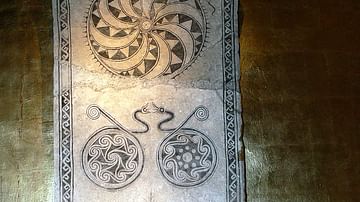
Article
The Sun & the Moon in Norse Myth
In Norse mythology, the Sun and the Moon appear as personified siblings pulling the heavenly bodies and chased by wolves, or as plain objects. Written sources, such as the Poetic Edda and the Prose Edda, have surprisingly little to say about...

Article
The Life of Diogenes of Sinope in Diogenes Laertius
Diogenes of Sinope (c. 404-323 BCE) was a Greek Cynic philosopher best known for holding a lantern to the faces of the citizens of Athens claiming he was searching for an honest man. He was most likely a student of the philosopher Antisthenes...
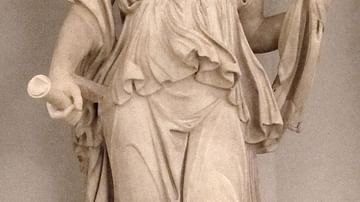
Definition
Selene
Selene (also known as Mene) is the personification and goddess of the moon in Greek mythology. Every night, she travels across the sky in her chariot, pulling the moon behind her. Selene is the daughter of the Titans Hyperion and Theia. She...
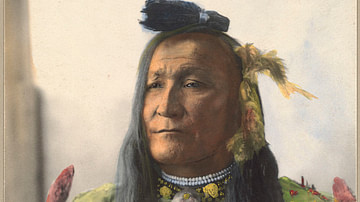
Article
The Wise Man of Chief Mountain
The Wise Man of Chief Mountain is an origin story of the Blackfeet nation explaining how they came to wear brightly colored clothing. Although Native American nations generally wore clothing dyed different colors, the Blackfeet were famous...